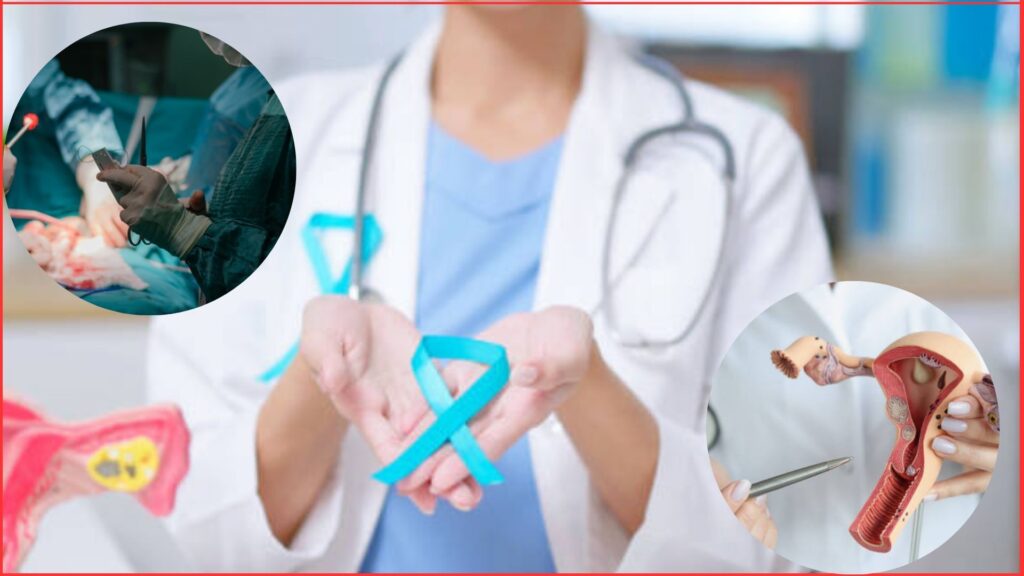Vaginal hysterectomy
Hysterectomy
We have described in article :
Indications of hysterectomy
Types of hysterectomy
pre operative order for hysterectomy
Advantages of vaginal hysterectomy
Management of hysterectomy
complications of hysterectomy
Disadvantages of hysterectomy

LAVH : LAVH means ‘Laparoscopic Assisted Vaginal Hysterectomy.
NDVH : NDVH means ‘Non-descent Vaginal Hysterectomy.
Indications of vaginal hysterectomy :
Genital prolapse :
- Third degree utero vaginal prolapse.
- Second degree utero-vaginal prolapse.
Utero-vaginal prolapse associated with :
- Fibroid uterus: Size< 12weeks.
- Pelvic adhesions
- Pelvic malignancy.
- Post-menopausal women
Benign conditions of uterus without prolapse :
Where uterus is < 12 weeks.
Types of vaginal hysterectomy:
- Total.
- Radical or schauta’s hysterectomy.
Advantages of vaginal hysterectomy :
- Can be effectively done in obese patient.
- Postoperative complications are less.
- Less morbidity & mortality.
- Less postoperative pain & less need of analgesia.
- Less hospital stay.
- Early resumption of day- to-day activities.
- No abdominal incision & scar.
Preoperative order for vaginal hysterectomy :
- Written informed consent of the patient or guardian.
- Proper sedation in the night before operation-by diazepam, bromazepam or alprazolam.
- Nothing by mouth from the morning of the day of operation.
- Lower bowel may be kept empty by soap water enema if constipated or glycerine suppository in the early morning of operation, if bowel habit is regular.
- Shave and clean the operative area properly.
- Morning medication-Anxiolytic eg diazepam before 2 hours of operation.
- Opening of the intravenous channel by an appropriate cannula.
- Prophylactic antibiotic
Post-operative care of vaginal hysterectomy :
- After recovery from anaesthesia the patient should be shifted to the recovery room & kept under observation for 2 hours by trained medical & nursing staff for early detection of any complications.
- Inj Pethidine 75 mg & Inj. Phenergan 25 mg IM should be given after recovery to relieve pain.
- The patient should be placed on her side to prevent inhalation of vomitus & fall back of the tongue
- During the first 24 hours of operation the patient should be given sedation & analgesic.
- All the vital signs should be monitored ½ hourly such as pulse, BP, respiration & urine output for first 2 hours & 4 hourly.
- The patient should be kept nothing by mouth till bowel sound returns.
- Parental nutrition is maintained.
- Parental antibiotics are given usually with : Inj. Ampicillin 500 mg, Inj Cloxacillin 500 mg IV 6 hourly till the patient is on fluid.
- Fluid intake & urine output chart should be strictly maintained to avoid dehydration, hypovolemia or fluid overload.
- The vaginal pack is to be removed after 24 hours.
- When bowel sounds appear, she should be allowed to have liquid diet for 24 hours & subsequently semi-solid & then solid diet is allowed.
- Parental antibiotics are to be replaced by oral ones.
- The patient’s wound is to be cleaned daily & no dressing is required.
- The catheter is removed after 5 days.
- The perineal silk stitches are to be removed on the 7 post-operative day.
- The patient can be discharged after 10-14 days.
- Before discharge pelvic examination is done to make sure that the anterior & posterior vaginal walls are not adherent & the vault is healthy.
- Early ambulation should be encouraged after 24 hours.
- Deep breathing & leg movement are advised to prevent deep vein thrombosis
For more curiosity :
How many clamps are given in vaginal hysterectomy? : 3 clamps :
First clamp : Uterosacral ligament, Mackenrodt’s ligament & descending cervical artery.
Second clamp : Uterine artery on the base of the broad ligament.
Third clamp : Round ligament, fallopian tube, mesosalpinx & ligament of the ovary.
Complications of vaginal hysterectomy :
Per-operative :
- Primary haemorrhage
- Trauma
- Complications due to blood transfusion.
- Complications due to anaesthesia.
Post operative complications :
- Haemorrhage. (Secondary & reactionary).
- Sepsis
- Urinary: Retention of urine. & Infection leading to cystitis.
- Vault cellulitis.
- Pelvic abscess
- Thrombophlebitis.
- Pulmonary embolism.
- Vault prolapse
- Dyspareunia.
- Recurrent of prolapse.
- VVF following bladder injury.
- RVF following rectal injury.
Management of secondary haemorrhage following vaginal hysterectomy :
- Secondary haemorrhage usually occurs between 5 – 10th day but may occur even in the 3rd week.
- It is due to sepsis of the wound.
- If the haemorrhage is brisk, along with resuscitative procedures, the patient is to be brought to the operation theatre & under general anaesthesia, the vagina is explored. The clots are removed to find any bleeding point.
- If only generalized oozing is found, tight intravaginal pack using dry roller gauze is enough.
- If bleeding point is visible, haemostatic sutures should be given followed by vaginal packing. The plug should be removed after 24 hours.
- Antibiotics are to be started again.
Disadvantages of vaginal hysterectomy :
- More skill & experience are needed on the part of the surgeon.
- Exploration of abdominal & pelvic organs cannot be done.
- Tubo- ovarian pathology when needed is difficult to tackle.
- Limitations in cases with.
- Uterus > 12 weeks of size.
- Presence of pelvic adhesions.
- Previous history of laparotomy with adhesions.

Hey There. I discovered your blog using msn. That is a really well written article. I will make sure to bookmark it and return to read extra of your useful information. Thanks for the post. I will certainly return.